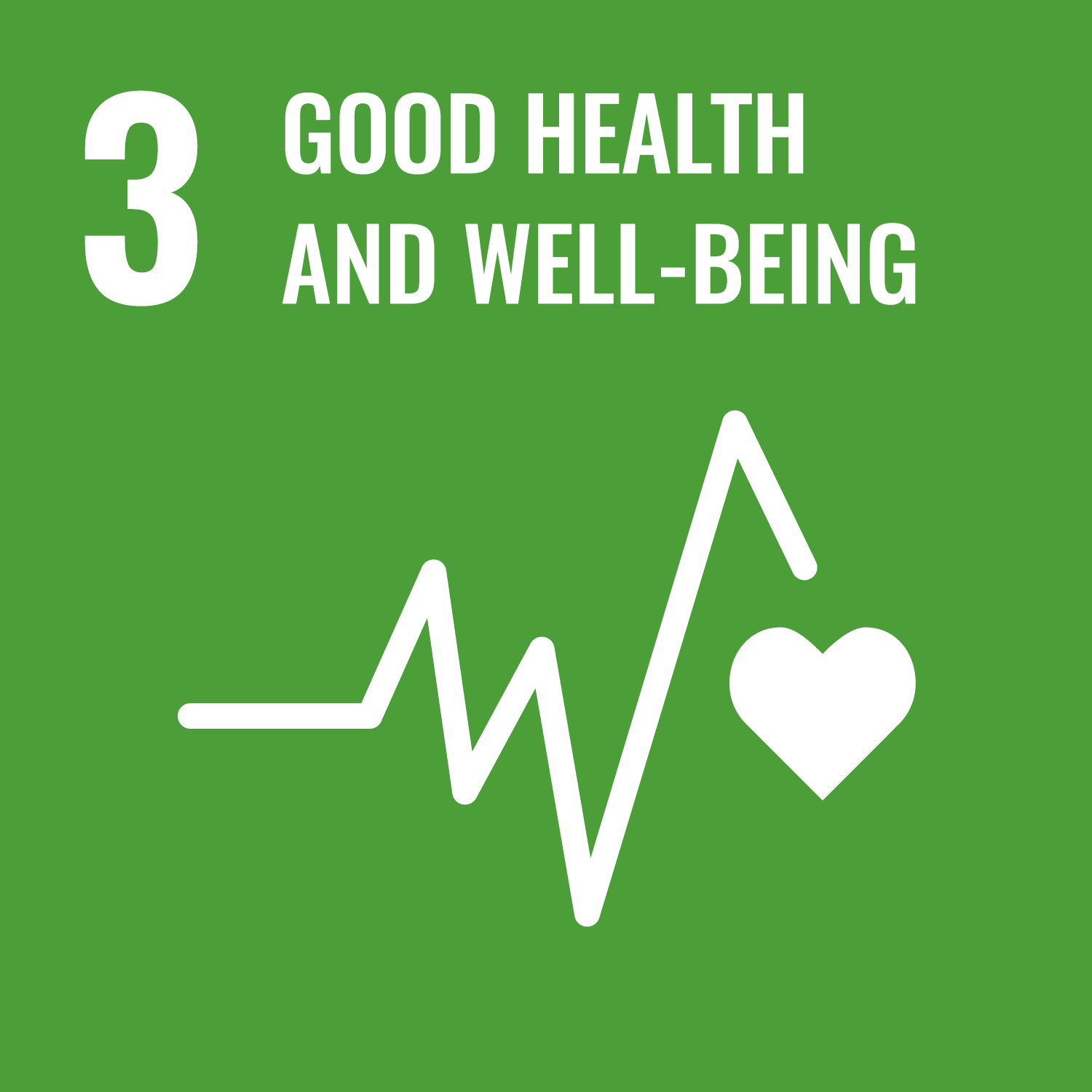Sikombe, K. orcid.org/0000-0002-8187-8661, Le Tourneau, N. orcid.org/0000-0002-8906-6879, Rice, B. orcid.org/0000-0002-5416-8058 et al. (12 more authors) (2025) Identifying care gaps along the HIV treatment failure cascade: a multistate analysis of viral load monitoring, re-suppression, and regimen switches in Zambia. PLoS Medicine, 22 (9). e1004720. ISSN: 1549-1277
Abstract
BACKGROUND: Timely response to treatment failure is critical for improved outcomes and viral re-suppression among people living with HIV, but care gaps along the treatment failure cascade can occur due to delays by both clients (e.g., retention and adherence) and health systems (e.g., fidelity to viral load [VL] monitoring guidelines). We used multistate analysis to identify drivers of implementation gaps in the treatment failure cascade, including time to HIV VL monitoring, re-suppression, and regimen switches, in Zambia.
METHODS AND FINDINGS: We used national electronic HIV health records to identify adults on antiretroviral therapy (ART) for more than 6 months who experienced treatment failure (VL ≥ 1,000 copies/ml) at 24 clinics in Lusaka, Zambia, between August 2019 and November 2021. Using multistate analyses, we examined how care evolved after treatment failure, accounting for transitions across the treatment failure cascade over time, such as return visits, repeat VL testing, treatment interruptions (>60 days late for visit), and viral re-suppression. Analyses were stratified by ART regimen at cohort entry: tenofovir disoproxil fumarate/lamivudine or emtricitabine/dolutegravir TDF/XTC/DTG (TLD) and tenofovir disoproxil fumarate/lamivudine or emtricitabine/efavirenz TDF/XTC/EFV (TLE). We repeated analyses to assess switch to second-line therapy among those with consecutively unsuppressed VL test results who were due for regimen switch. Among 179,855 individuals on ART (143,857 with documented VL), 7,916 (4.4%) had a documented elevated VL and drug regimen at the time of treatment failure (52.3% female, median age was 36.7 years (IQR 29.9-43.6), median time on ART 3.3 years (IQR 1.7-6.6), 54.6% on TLD and 45.4% on TLE). Among those with treatment failure, 72.2% (CI 71.3, 73.0%) had returned to clinic 6 months after initial elevated VL was drawn. After one year, 70.1% (CI 69.3, 70.9%) had a repeat VL, 16.6% (CI 15.9, 17.2%) experienced treatment interruption, and 11.4% (CI 10.3, 12.4%) returned to care without repeat VL testing. Among those with a repeat VL, 85.0% (CI 83.9, 86.1%) on TLD and 58.2% (CI 56.8, 59.8%) on TLE had resuppressed. Among those due for second-line switch, 27.9% (CI 24.1, 31.5%) on TLD and 66.6% (CI 64.5, 68.9%) on TLE had changed regimens after one year while 52.4% on TLD had a third VL repeated prior to switch (CI 47.2, 57.4%) (68.0% CI 61.6, 75.2% suppressed of those with repeated VL) compared to 32.1% (CI 29.9, 34.1%) (40.7% CI 36.1, 45.4% suppressed) on TLE. This study was limited by the inability to capture all aspects of care delivery related to treatment failure, such as outreach, enhanced adherence counseling confirmation, and provider rationale for delayed VL rechecking.
CONCLUSION: After treatment failure, we identified substantial delays in returning for adherence counseling, treatment interruptions, and missed opportunities in rechecking VL status or switching to second-line therapy in routine care in Zambia. Among those who did have VL tests rechecked, re-suppression rates were significantly higher among individuals on TLD compared to TLE. To optimize response and outcomes after treatment failure, strategies must prioritize and target both client and health systems behaviors to meet the care needs in the modern era of TLD.
Metadata
| Item Type: | Article |
|---|---|
| Authors/Creators: |
|
| Copyright, Publisher and Additional Information: | © 2025 Sikombe et al. This is an open access article distributed under the terms of the Creative Commons Attribution License, which permits unrestricted use, distribution, and reproduction in any medium, provided the original author and source are credited. http://creativecommons.org/licenses/by/4.0/ |
| Keywords: | Humans; HIV Infections; Zambia; Viral Load; Treatment Failure; Adult; Female; Male; Anti-HIV Agents; Middle Aged |
| Dates: |
|
| Institution: | The University of Sheffield |
| Academic Units: | The University of Sheffield > Faculty of Medicine, Dentistry and Health (Sheffield) > School of Medicine and Population Health |
| Depositing User: | Symplectic Sheffield |
| Date Deposited: | 16 Sep 2025 11:29 |
| Last Modified: | 16 Sep 2025 11:29 |
| Status: | Published |
| Publisher: | Public Library of Science (PLoS) |
| Refereed: | Yes |
| Identification Number: | 10.1371/journal.pmed.1004720 |
| Related URLs: | |
| Sustainable Development Goals: | |
| Open Archives Initiative ID (OAI ID): | oai:eprints.whiterose.ac.uk:231645 |


 CORE (COnnecting REpositories)
CORE (COnnecting REpositories) CORE (COnnecting REpositories)
CORE (COnnecting REpositories)